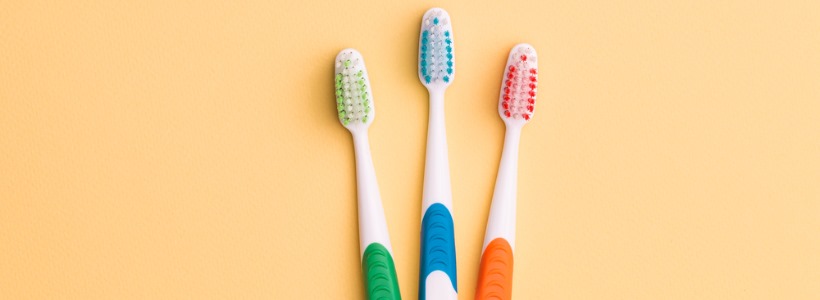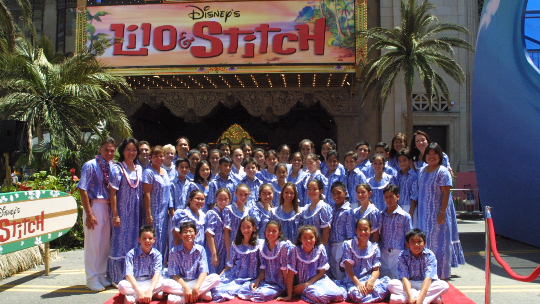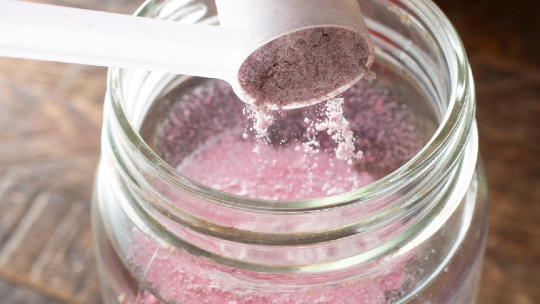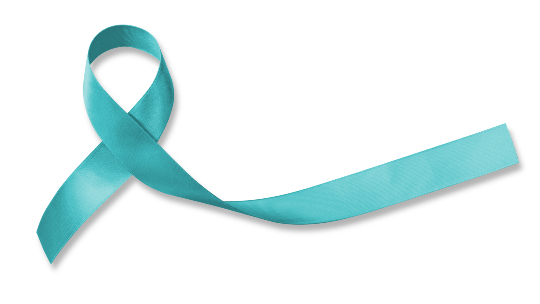Dental terminology can sound like a different language if you’ve never worked in a dental office. Discussing something simple like your teeth can get pretty confusing. We want to take some of the guesswork out of these conversations. Here are a few terms you might hear:
Deciduous, primary, and permanent teeth: Deciduous or primary teeth are what most of us call baby teeth. "Permanent teeth" is a little easier to understand — they’re your adult teeth.
The real complication comes when dental professionals start naming specific teeth and their surfaces. Let’s see if we're able to uncomplicate things a bit:
Incisors: These are the teeth at the front of your mouth that are flat on the front and back with very thin sides. You have four incisors on the top of your mouth and four on the bottom. These teeth are primarily used for grabbing and cutting food — that is, of course, when we aren’t using them to break into bags of candy or ketchup packets.
 Cuspids: These are more commonly known as canines and are located on either side of your upper and lower incisors. You have a total of four cuspids that are used to tear and shred food. These are typically the strongest teeth in your mouth.
Cuspids: These are more commonly known as canines and are located on either side of your upper and lower incisors. You have a total of four cuspids that are used to tear and shred food. These are typically the strongest teeth in your mouth.
Bicuspids: These teeth are often referred to as premolars and are located next to your cuspids. They’re used for tearing, shredding, and crushing food. You have a total of eight bicuspids — two next each of your cuspids.
Caries: Cavity is the most common term used to describe tooth decay, but the term “caries” is also used to describe this process in the dental office and in medical literature. Tooth decay is also the most common reason you’ll be discussing your teeth with your dentist.
Class: When you hear your dentist refer to caries by class, the number that follows isn’t an indicator of severity. The classes are named one through six and merely indicate the location of the dental caries on the surface of the tooth.
Buccal: The side of the tooth that we think of as the front is actually called the buccal. It faces the cheek.
Lingual surface: The back side of the tooth is called the lingual surface and faces the tongue.
Occlusal and incisal surfaces: These are the top surfaces of your teeth, used for biting, grinding, and chewing.
Next time your provider starts talking about caries on one of the cuspids located on your upper left quadrant, you’ll be able to follow. Hopefully learning some of these dental terms will help to make you comfortable discussing treatment with your dentist and asking questions.
Need help finding a dentist? We’ve made it easy for you. Click here to find a dentist in your network that can provide you with the dental services you need.




